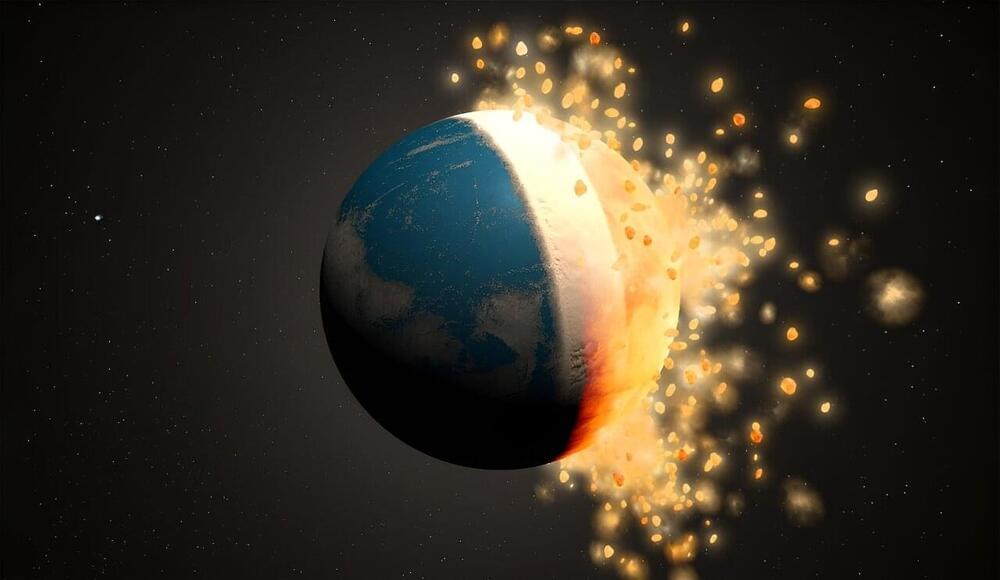The richest man in the world is building a super-intelligent AI to understand the true nature of the universe. This is what the project means for investors.
Elon Musk held a Twitter Spaces event in early July to reveal X.ai, his newest AI business. X.ai researchers will focus on science, while also building applications for enterprises and consumers.
To participate, investors should continue to buy Arista Networks ANET (ANET).







